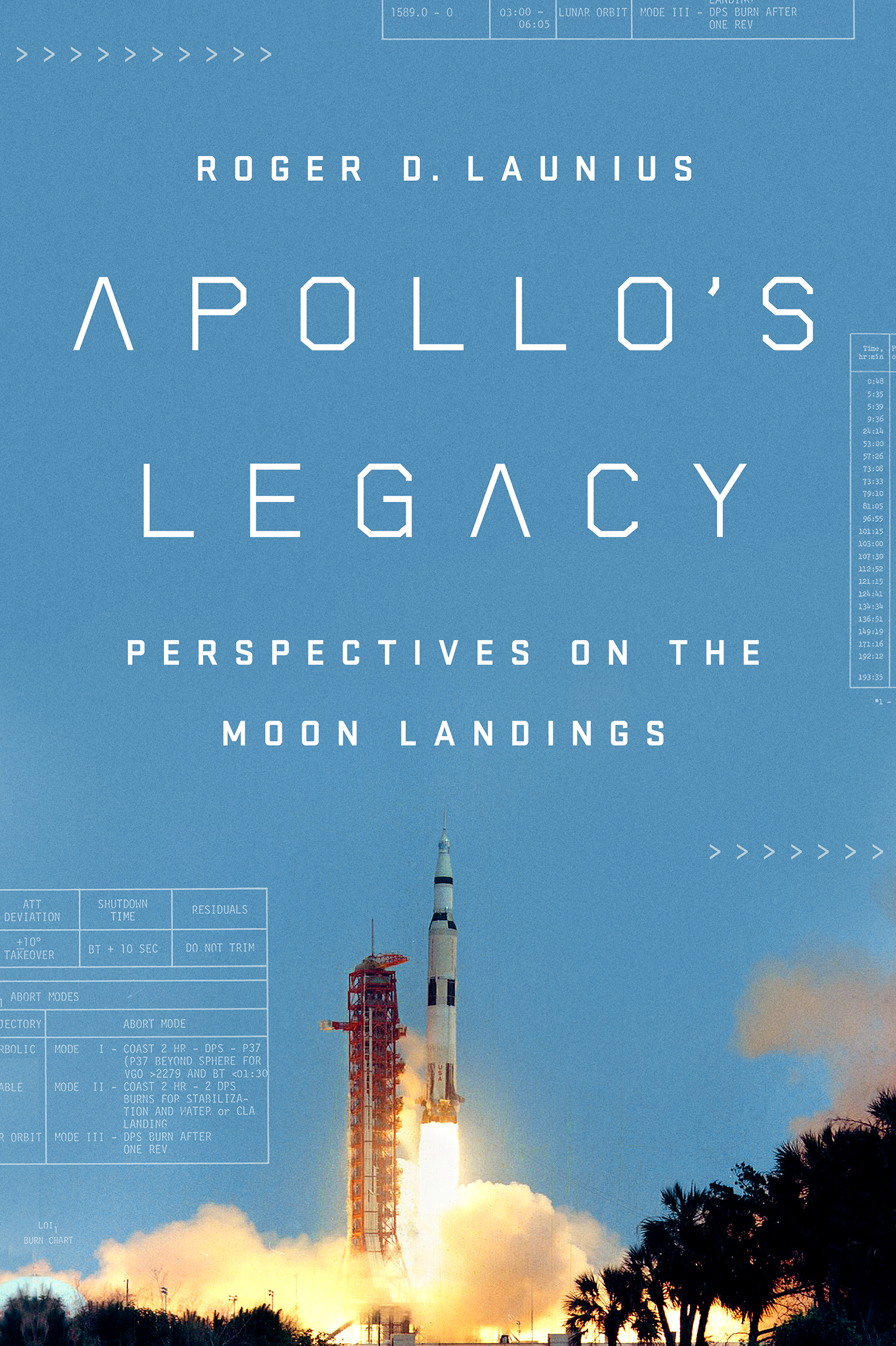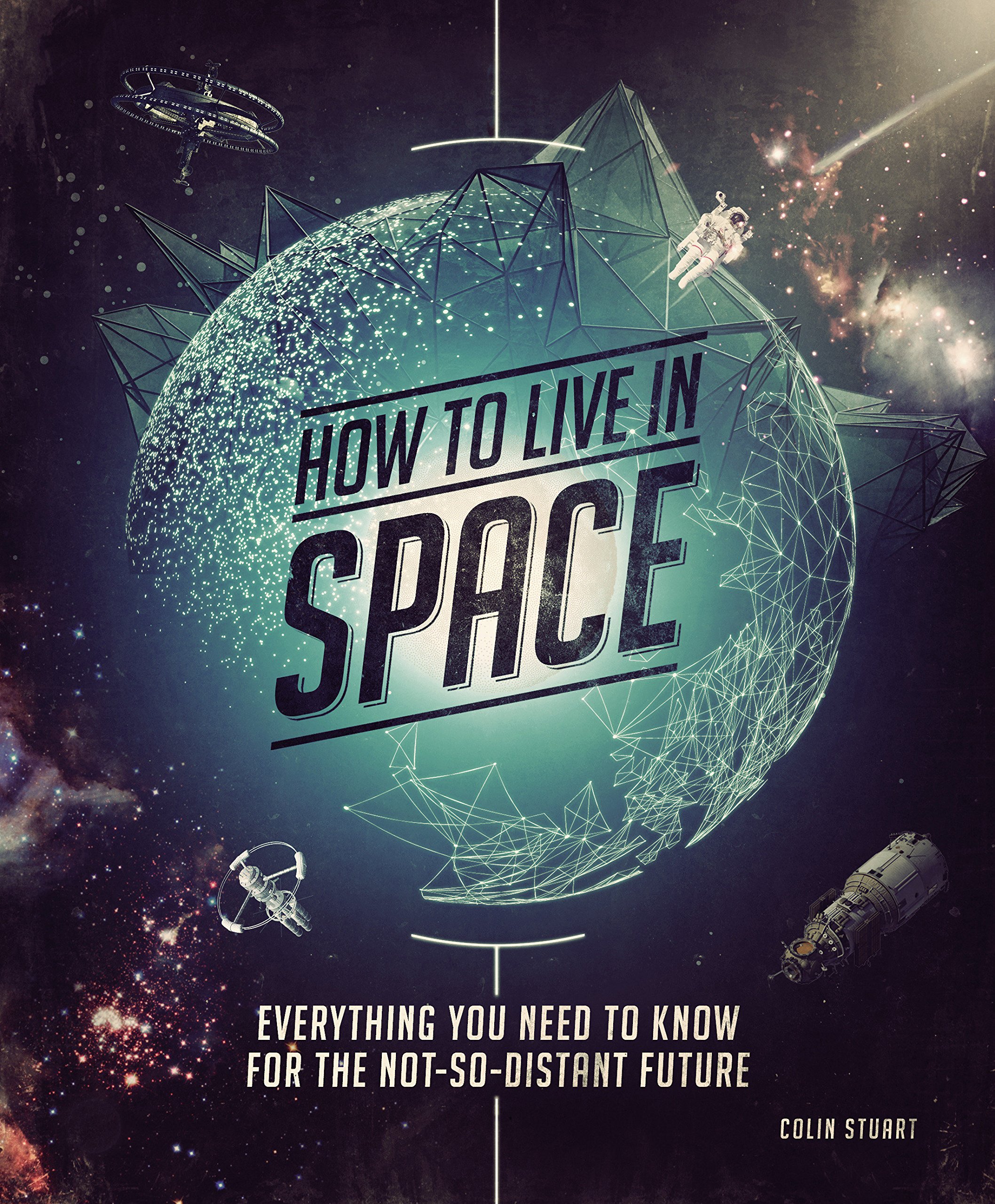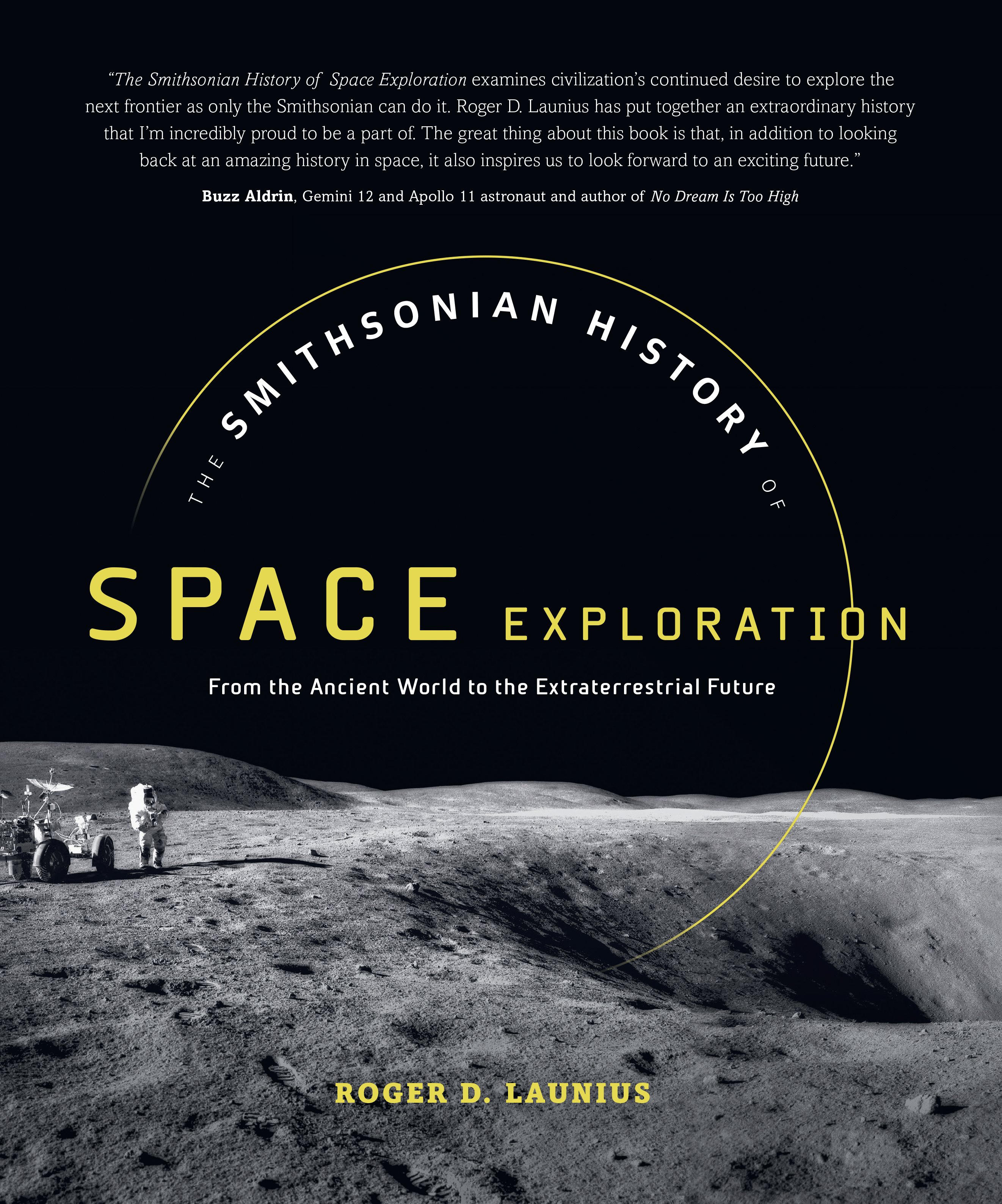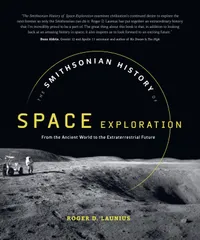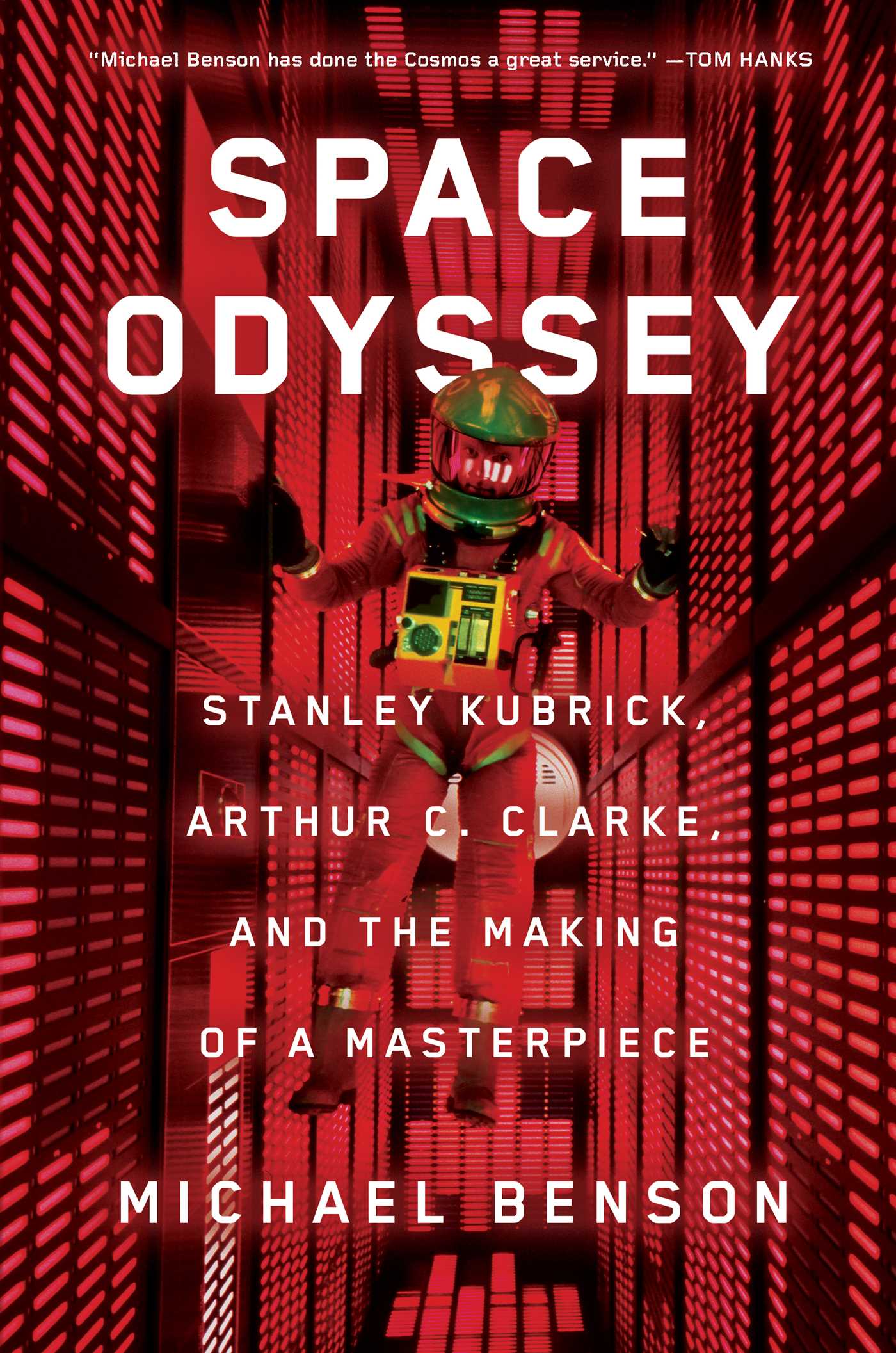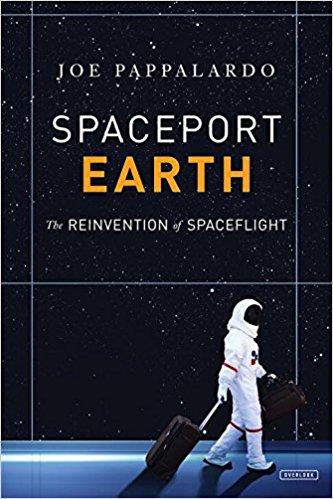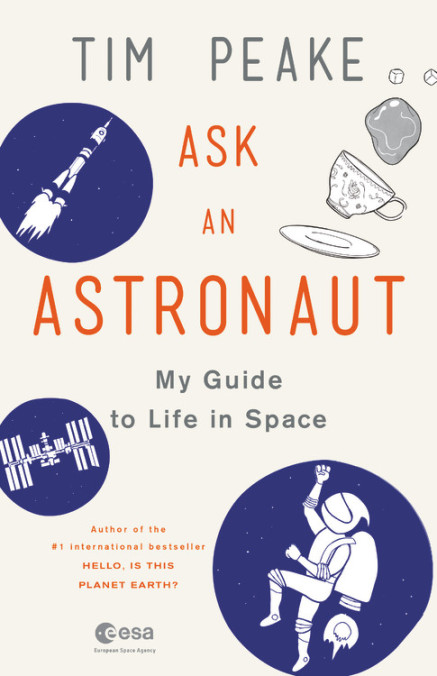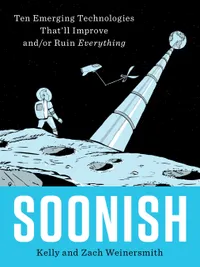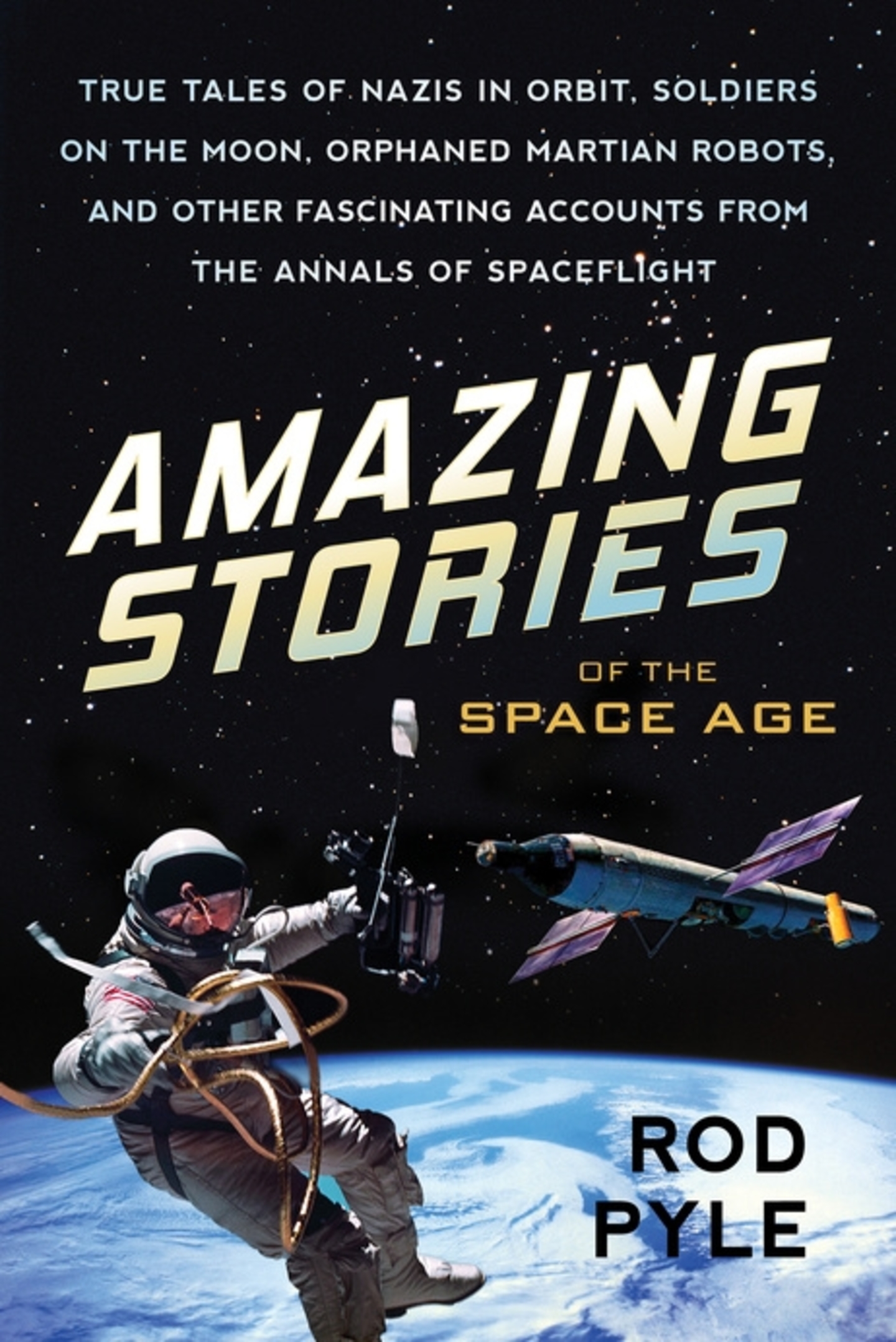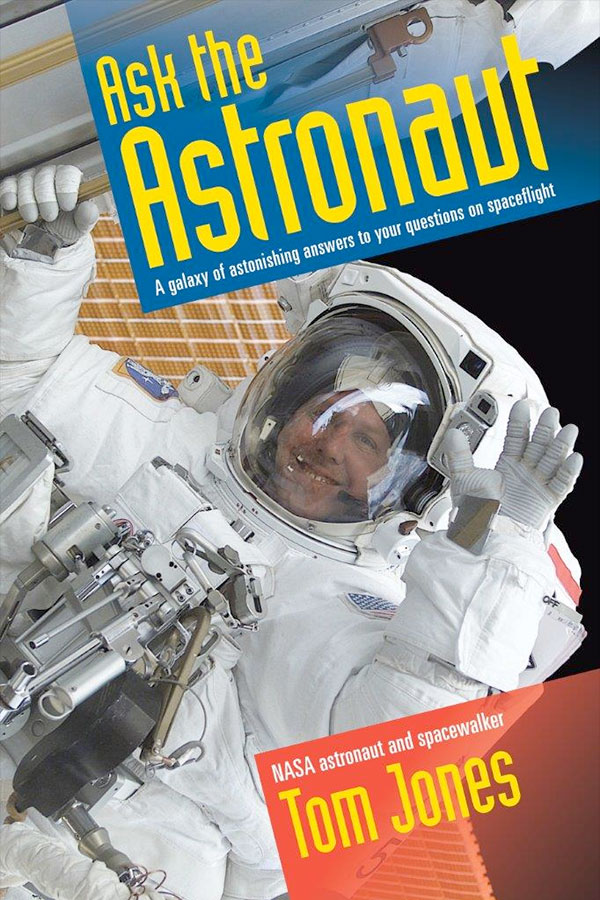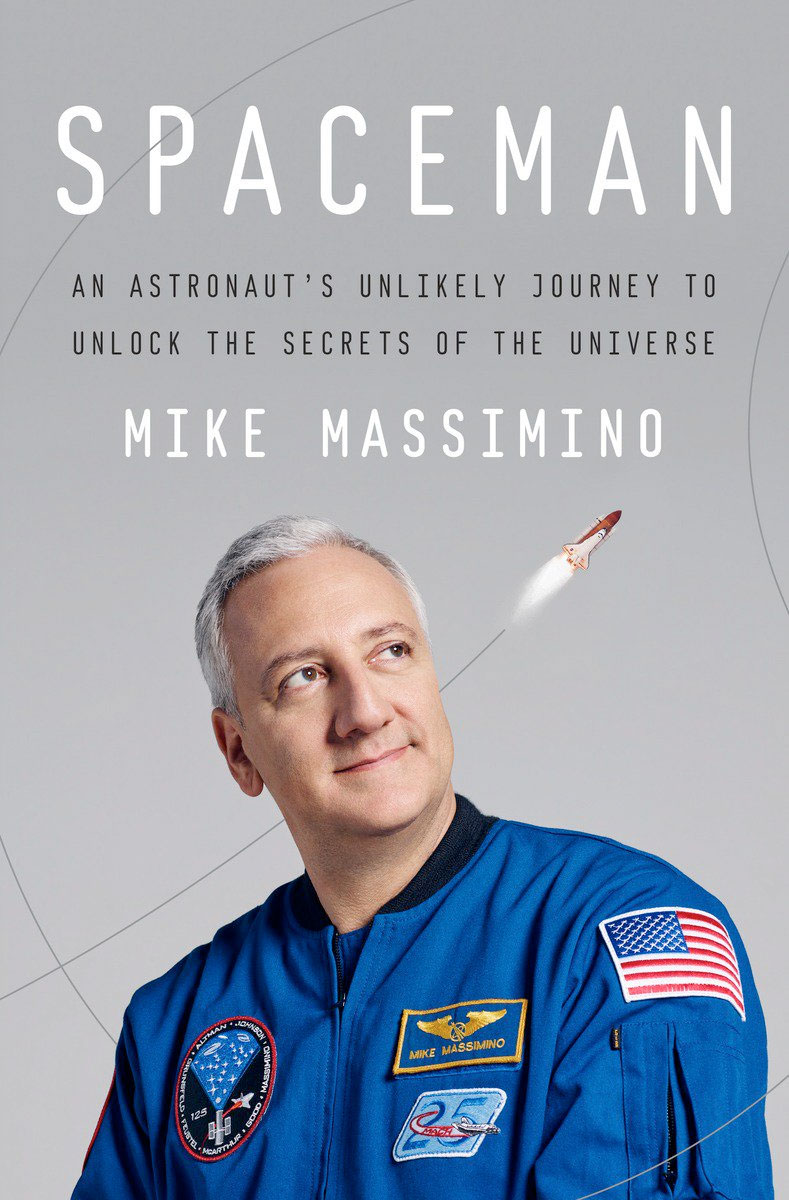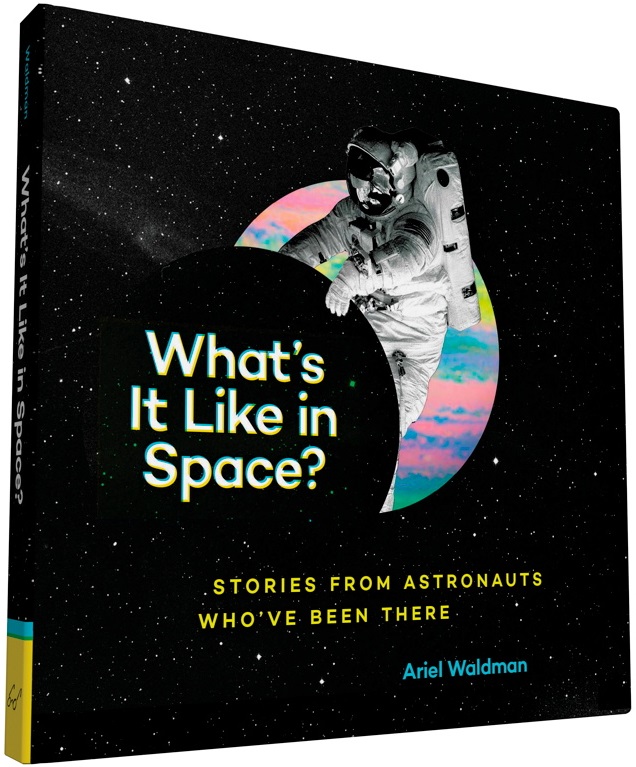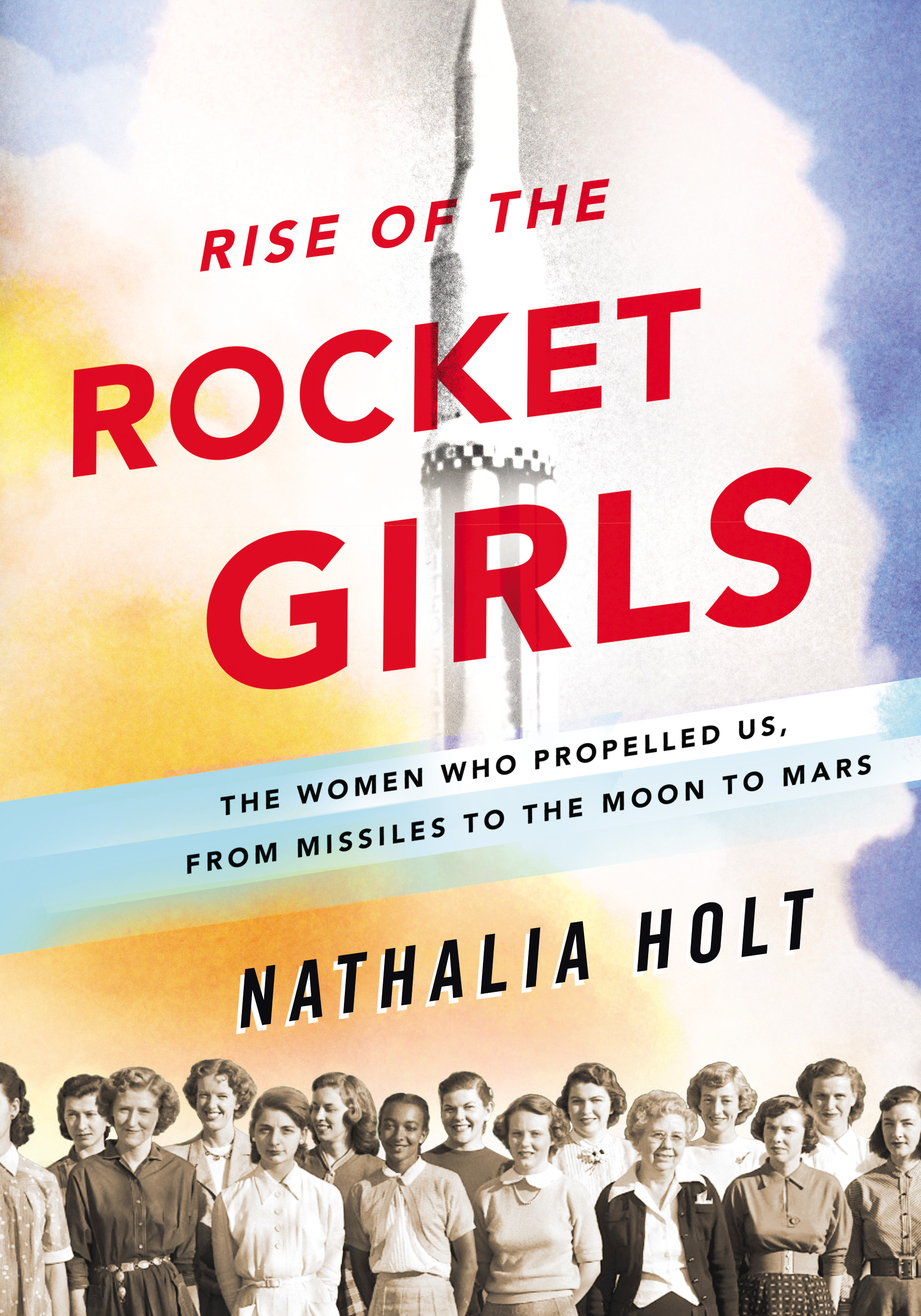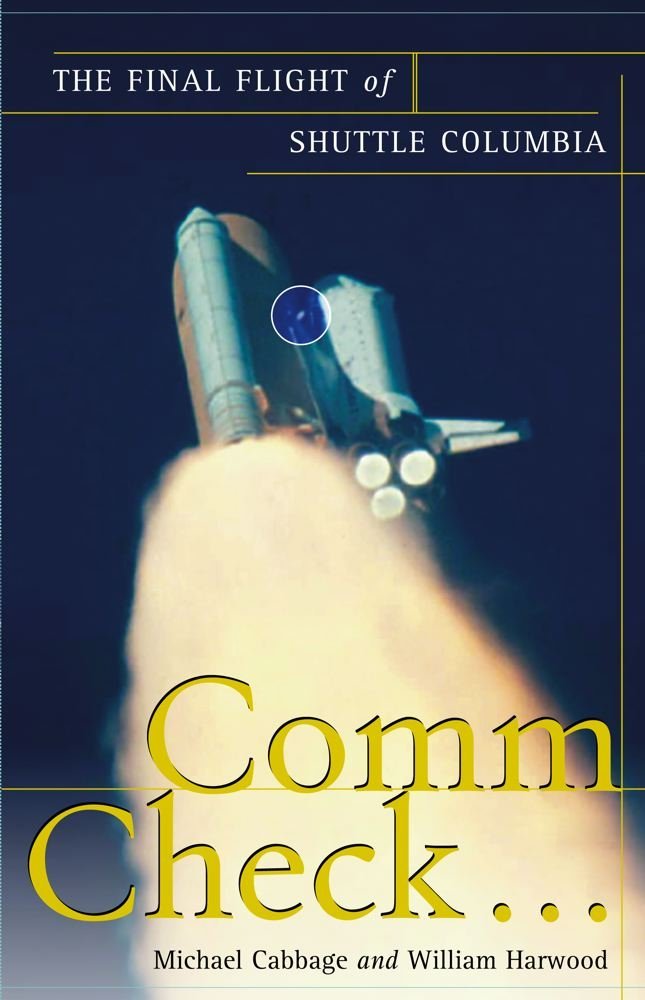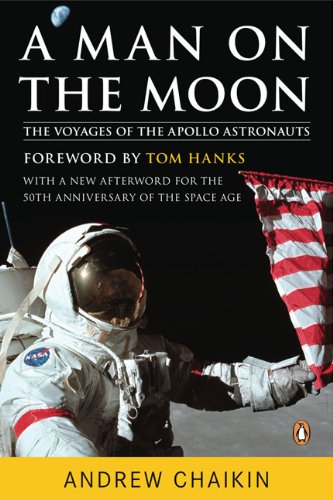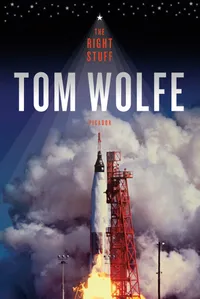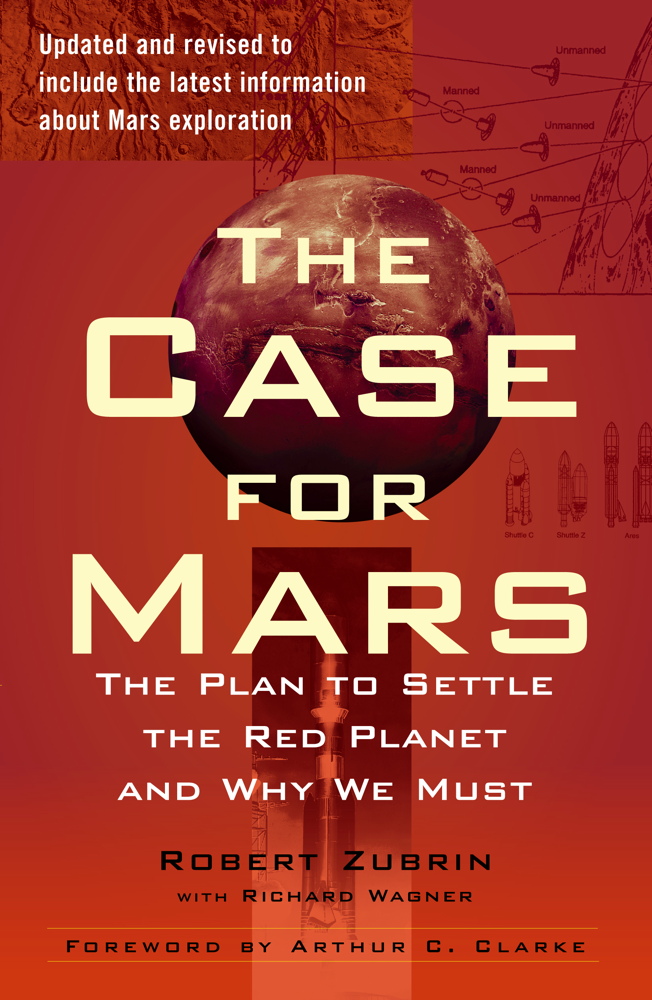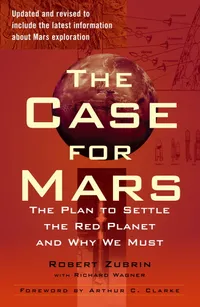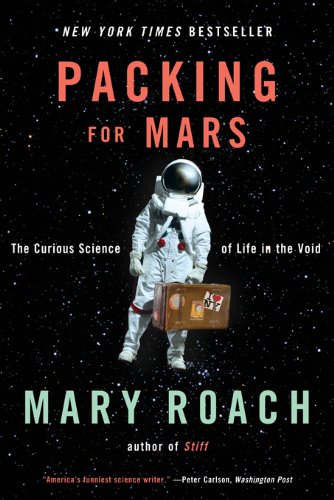Best Spaceflight and Space History Books
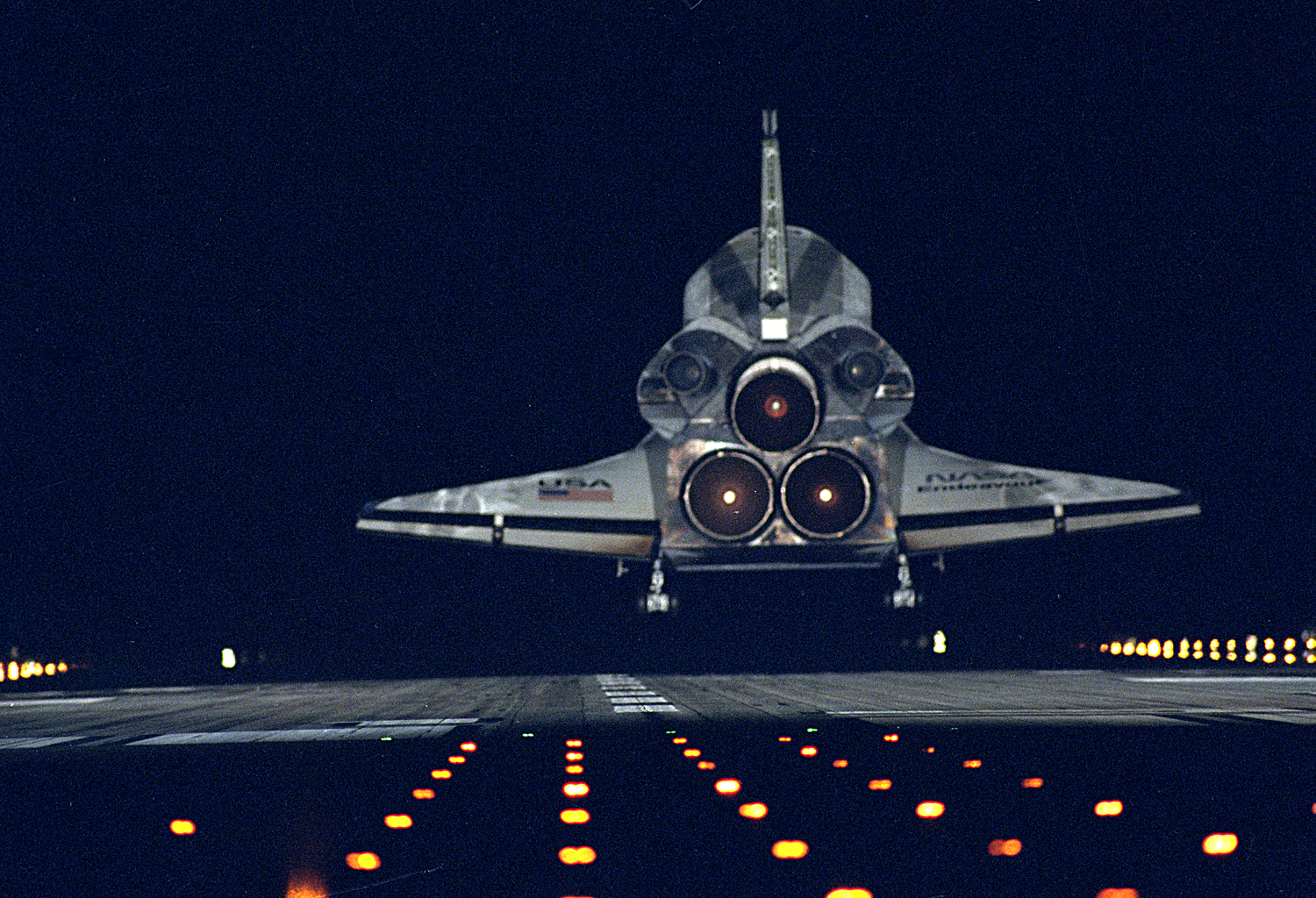
Only a select few have experienced spaceflight first-hand, but a good book can show you T-0 through an astronaut's eyes, tell the story behind your favorite rocket technology and peer into a future of space exploration. Here are Space.com writers' and editors' picks for spaceflight and space history books that dazzle.
(We are constantly reading new and classic space books to find our favorite takes on the universe. Our recently-read books in all categories can be found at Best Space Books. You can see our ongoing Space Books coverage here.)
'Apollo's Legacy' (Smithsonian Books, 2019)
By Roger Launius
How do we understand a transformative event like the Apollo missions to the moon? Many present it as proof of American ingenuity and success, but there's much more to the story. In "Apollo's Legacy: Perspectives on the Moon Landings," space historian Roger Launiuis probes the impacts Apollo had technologically, scientifically and politically, as well as analyzing what we can draw from it to understand the country's modern space program. The slim volume is written as a scholarly text, but it's accessible to anybody with an interest in space history and the circumstances that spawned Apollo. ~Sarah Lewin
Read a Q&A with the author here.
'Lasers, Death Rays, and the Long, Strange Quest for the Ultimate Weapon' (Prometheus Books, 2019)
Breaking space news, the latest updates on rocket launches, skywatching events and more!
By Jeff Hecht
In the newly released book “Lasers, Death Rays, and the Long, Strange Quest for the Ultimate Weapon,” (Prometheus Books, 2019), veteran science writer Jeff Hecht details the strange and incredible history of real-life laser weapons. Lasers have captured the public’s excitement for decades, appearing as phasers, ray guns, and more in countless works of science fiction.
In this new book, Hecht explores the influence of these ficticious lasers as well as the reality of laser weapons today and how they have developed over time. From failed experiments to lasers built to be as large as airplanes, the development of laser weapons has been one strange journey that Hecht explains in captivating detail. ~Chelsea Gohd
Read an interview with Hecht about the book here.
'How to Live in Space' (Smithsonian Books, 2018)
By Colin Stuart
Are you interested in going to space? With companies like Virgin Galactic and Blue Origin getting ready to start launching tourists on suborbital flights — and SpaceX planning to send people to the moon and Mars — your dreams may soon be within reach. But before you board a rocket or space plane and wave goodbye to planet Earth, there are some things you need to know about being in space. Whether you're planning a short space vacation or embarking on a one-way trip to the Red Planet, "How to Live in Space" by Colin Stuart has all the important details. This comprehensive handbook covers everything from eating, sleeping and using the toilet in "zero-g" to instructions for how to build a moon base, mine asteroids and terraform Mars. Wherever your space adventures may take you, this guide can help you make the most of your out-of-this-world experience. ~Hanneke Weitering
Read a Q&A with the author here.
'Astounding' (Dey Street Books, 2018)
By Alec Nevala-Lee
Nevala-Lee's fascinating new book "Astounding" follows four titans of the golden age of science fiction who guided the genre during its formative years: Astounding Science Fiction magazine editor John Campbell and authors Isaac Asimov, Robert Heinlein and L. Ron Hubbard. The book chronicles how, with their influence, science fiction evolved from adventure stories in space to serious predictors and influencers on the modern world, as well as the beginning development of fan culture, which was surprisingly similar to today's, and their ideas' influences on society as a whole (particularly, a long fascinating look into early Scientology). Nevala-Lee's portrayal of the four is complex, and gives them their due without shying away from the less savory parts of their natures and reputations. He read hundreds of stories from the annals of science fiction history, as well as reams of letters by and to the story's main figures, and that deep research shows. ~Sarah Lewin
Read an interview with Nevala-Lee about the book here, and read an excerpt from the book's prologue here.
'The Smithsonian History of Space Exploration' (Smithsonian Books, 2018)
By Roger D. Launius
In "The Smithsonian History of Space Exploration: From the Ancient World to the Extraterrestrial Future," spaceflight historian Roger D. Launius follows humankind's journey to spaceflight.
From looking up at the stars with sheer wonderment to sending astronauts to the moon and launching satellites to the far reaches of the galaxy, Launius illustrates the cutting-edge advancements made in astronomy and space science. His account of space flight history reminds readers that almost anything humans have envisioned, they've accomplished. ~Samantha Mathewson
You can read an interview with Launius here.
You can buy "Smithsonian History of Space Exploration" for $51.17 from Amazon!
'Chasing New Horizons' (Picador, 2018)
By Alan Stern and David Grinspoon
This book chronicling the New Horizons mission to Pluto, written by Alan Stern, the mission's principal investigator, and astrobiologist and author David Grinspoon, is a deep — but speedy — dive into the development and execution of the lightweight probe that flew by Pluto in July 2015. The mission wasn't easy to get approved and seemed to face obstacles at every turn before finally making it to launch day, and its troubles weren't over then. But somehow it managed to deliver breathtaking views of the distant dwarf planet that revolutionized how we thought about the solar system and the planets that inhabit it. Stern and Grinspoon's narrative delivers an in-depth view of how to design a space mission, shepherd it through the hurdles of approval and design, and send it toward the unknown when you have just one shot to get it right. ~Sarah Lewin
Read an interview with Stern about the new book and New Horizons here; read an excerpt from the book here.
'Space Odyssey' (Simon & Schuster, 2018)
By Michael Benson
In honor of its 50th anniversary, "2001: A Space Odyssey" chronicler Michael Benson digs deep into the making of the iconic film, profiling the writer Arthur C. Clarke, the director Stanley Kubrick and the nuances of their partnership to create the "proverbial 'really good' science fiction movie." Along the way, readers tour the groundbreaking technological developments that made the film possible and the creativity of the large team that lent its ideas and expertise to the project.
By focusing on letters and written text — including Kubrick's handwritten, pre-publication edits on feature pieces and interviews about the making of the film — Benson is able to give a particularly personality-driven view of the filmmaking process. The techniques and decisions that lead to the movie are there, but they're always in the context of the people and circumstances that created them. And there's plenty of behind-the-scenes drama to go along with meditations on the film's legacy. ~Sarah Lewin
You can read an interview with the author here, and read a high-flying excerpt from "Space Odyssey" here.
'Spaceport Earth' (The Overlook Press, 2018)
By Joe Pappalardo
In "Spaceport Earth: The Reinvention of Spaceflight" (The Overlook Press, 2018), contributing Popular Mechanics editor Joe Pappalardo covers the emergence of commercial spaceflight. Name-brand companies including Virgin Galactic SpaceX, Blue Origin and more appear in its pages. But the thrust of the book is the development of Florida's Space Coast; the area has transformed from a space shuttle port to a commercial spaceflight hub in less than a decade, Pappalardo argues.
Sometimes Pappalardo's history reads more like a diary of his adventures to the various spaceports across the United States and select world locations. He does, however, provide a snapshot of how commercial spaceflight affects everybody — the launches don't just impact the companies involved, but also decisions ranging from legal matters to zoning. This book provides good context for those interested in commercial spaceflight, including the forthcoming crewed launches that are expected to take place in the next few years. ~Elizabeth Howell
Read our discussion of the book with Pappalardo here.
'Ask an Astronaut' (Little, Brown and Co., 2017)
By Tim Peake
In "Ask an Astronaut," British astronaut Tim Peake walks readers through a long list of questions he was asked after returning from his first stay on the International Space Station in June 2016. From training to fly to space, launch, weightlessness, spacewalks and returning to Earth, Peake hits all the highlights — plus less standard spaceman experiences such as running the London Marathon in orbit and getting emails from Elton John. Peake's explanations are entertaining and easy to follow, but he doesn't shy away from delving into detail about how the technology works that brought and kept him in space. Well-placed diagrams, and two sections of color photos, aid the explanatory process as well. Even avid space readers are sure to find at least one new detail to amaze. ~ Sarah Lewin
Read a Q&A with Peake here, and read an excerpt from the book, where Peake describes his first spacewalk, here.
'Soonish' (Penguin Press, 2017)
By Kelly and Zach Weinersmith
In "Soonish," cartoonist Zach Weinersmith and biologist/podcaster Kelly Weinersmith delve into the future of technology with a comedic — but factually rigorous — trip through 10 technologies that could improve and/or ruin everything. While only some of those technologies relate to space, the Weinersmiths nevertheless give an in-depth glimpse into the future of spaceflight, building up a reader's basic knowledge of the field and showing off the (sometimes bizarre) concepts that could let future spacefarers defy gravity, gather energy, power their machines and mine the solar system — all the while peppering the discussion with amusing comics and asides on some of the strangest spaceflight concepts. As Zach Weinersmith put it to Space.com: "I like to think we're honest brokers for nerdy people interested in future stuff." So pick this book up if you want an informative, entertaining and sometimes mindblowing guide to what the future might hold. ~ Sarah Lewin
Read our interview with Zach Weinersmith on the future of spaceflight here.
You can buy "Soonish" for $11.14 from Amazon!
'Chasing Space: An Astronaut's Story of Grit, Grace, and Second Chances' (Amistad, 2017)
By Leland Melvin
This astronaut's memoir tells a truly inspiring story of how one unsuspecting football player from a small town in rural Virginia wound up flying in the Space Shuttle Atlantis on missions to the International Space Station. Leland Melvin started his career playing professional football in the NFL, but when an injury prevented him from playing, he went to school to become an engineer. It wasn't until a recruiter from NASA grabbed his arm at a career fair that Melvin realized he could be an astronaut. He has since retired from the astronaut corps and now he dedicates his time to helping young women and minorities get involved in STEAM (science, technology, engineering, art and math) so they can realize and live up to their full potential.
There is also a young readers' edition of Melvin's book, adapted to be a shorter and easier read than the adult book. It includes 16 pages of color photographs and three do-it-yourself experiments for kids to learn how to build small rockets and study the chemistry of candy. ~Hanneke Weitering
Space.com spoke with Leland Melvin about his incredible life story and work to make STEAM more diverse and inclusive here.
'Amazing Stories of the Space Age' (Prometheus, 2017)
By Rod Pyle
Spaceflight writer and historian Rod Pyle's new book brings together tales of the most incredible and at times bizarre space missions ever conceived. Some of the missions and proposals discussed in the book will likely be well-known to space history buffs, but others are more obscure: Pyle dug deep to find mission concepts buried by history. There are stories of Wernher von Braun's plans for sending humans to Mars, an idea backed by Freeman Dyson to create a nuclear-powered rocket (with the unfortunate side effect of increasing cancer rates among people living near the launch site), and a briefly considered proposal to build a military base on the moon in anticipation of the U.S. engaging in lunar battles with the Soviets. These stories provide a good perspective on just how many space missions ultimately fail for every one that succeeds. ~Calla Cofield
You can read an interview with author Rod Pyle here, and an excerpt from "Amazing Stories of the Space Age" here.
'Ask the Astronaut' (Smithsonian Books, 2016)
By Tom Jones
If you’re like me, a parent with a future space cadet at home, then "Ask the Astronaut" may be just what you need to answer the space questions your youngster launches at you each day. Written by four-time space shuttle flyer Tom Jones, the book features nearly 400 different questions (and answers) on just about every facet of his life as a NASA astronaut. Jones — who helped build the International Space Station and flew on the longest single space shuttle mission ever (18 days!) — frames the questions he's asked most frequently in a narrative that takes the reader through the entire process of becoming an astronaut, from Jones' inspiration and education through application, training and the eventual launch into space. In fact, Jones' goal with "Ask the Astronaut" isn't just to educate the reader, but to start an ongoing discussion about life in space. He’s still taking questions today via Facebook at Ask the Astronaut by Astronaut Tom Jones. ~Tariq Malik
CollectSpace.com talked with Jones about his new book here.
'Spaceman' (Crown Archetype, 2016)
By Mike Massimino
Mike Massimino's path from baseball-obsessed child to Hubble Space Telescope repairman — he flew two space shuttle missions to work on the orbiting observatory — is conveyed in conversational, entertaining prose in his new memoir "Spaceman: An Astronaut's Unlikely Journey to Unlock the Secrets of the Universe." Massimino's book depicts what it takes to be an astronaut, the science behind spaceflight, the telescope and its repairs, the wonder of floating in space, the teamwork and camaraderie among astronauts and — of course — his epic brute-force pull that capped off Hubble's final set of repairs. The book feels like Massimino stopped by to talk at length about his life, and you're instantly drawn into the narrative and all the way through his space career. ~Sarah Lewin
Space.com talked with Massimino about his life and the new memoir — and where all the funny stories went — in a Q&A here, and Massimino describes his first glimpse of Earth on his first spacewalk here.
'Hidden Figures' (William Morrow, 2016)
By Margot Shetterly
"Hidden Figures: The American Dream and the Untold Story of the Black Women Mathematicians Who Helped Win the Space Race" spotlights little-known contributors to America's first forays into space: the black women who made calculations at what became NASA's Langley Research Center in Hampton, Virginia. The narrative follows mathematician Katherine Johnson, who famously re-checked the computer calculations for John Glenn's 1962 orbit around Earth, as well as Dorothy Vaughan, who became head of the African American "computers" and an early (electronic) computer programmer, engineer Mary Jackson and Christine Darden, who started as a computer but eventually became head of Langley's sonic boom research team.
Through the eyes and careers of those women, the book traces America's flight research through World War II, the Cold War and the space race, plus the civil rights movement and changing times in the Virginia research town. The book offers a fascinating look into the history of spaceflight and America itself — how the first Americans flew to space and the evolving society that sent them. ~Sarah Lewin
Space.com visited the set of an upcoming movie based on "Hidden Figures," due out in 2017 — you can read about that visit here. A Q&A with Shetterly about the book's creation is online here.
'What's It Like In Space?' (Chronicle, 2016)
By Ariel Waldman
"What's It Like in Space? Stories from Astronauts Who've Been There" reads less like a list of facts about spaceflight and more like a conversation with an astronaut after a few beers. The stories in Waldman's book capture the humbling experience of going to space, including the awkward changes in bodily function, the lack of clean laundry and the prevalence of freeze-dried shrimp cocktail. While serving on the Committee on Human Spaceflight for the National Academy of Sciences, where she spoke frequently with multiple astronauts, Waldman accumulated a plethora of personal stories from life in orbit, and she decided to share those stories with a wider audience. Her book is funny, beautifully illustrated and a great reminder that spaceflight not only teaches us new things about the cosmos, but about ourselves. ~Calla Cofield
Read more about the book and astronauts' experiences in space here.
'Rise of the Rocket Girls: The Women Who Propelled Us, from Missiles to the Moon to Mars' (Little, Brown and Company, 2016)
By Nathalia Holt
The early rocket test launches thundering through the sky near the California-based Jet Propulsion Laboratory (JPL) had everything to do with a highly-skilled group of women, called computers, who performed the trajectory and rocket-design calculations for much of the laboratory's long history. They worked by hand, at first, and over the decades transitioned to fill equally essential programming and engineering roles within the lab. Nathalia Holt talked extensively with several of JPL's "women computers" as she wrote this comprehensive look at that part of America's spaceflight history.
Holt's book shines portraying the mathematical and engineering process behind JPL's many iconic spaceflight missions — including America's first satellite, Explorer 1, and the Voyager probes that explored the solar system — as well as the women's personal lives and the evolution of their unusual roles inside the male-dominated workplace. ~Sarah Lewin
You can read a Q&A with the author here, and a book excerpt here . Holt discusses tracking down the women's stories in an essay here.
'Breaking the Chains of Gravity' (Bloomsbury, 2015)
By Amy Shira Teitel
Rocketry was never an exact science. From the first curious scientists experimenting with different fuels and rocket-powered cars to daredevil pilots riding balloons into the stratosphere, anything could happen in the days of early spaceflight research. Amy Shira Teitel's new history documents the birth and evolution of the space-program precursors that would eventually assemble into NASA. It's a fascinating look into the early careers and journeys of spaceflight giants like Werner von Braun, who helped develop what became Germany's V-2 rocket before moving to develop missiles within the U.S. army, dreaming of flying to the stars.
While the book doesn't cover every single person and organization that came to be essential to American spaceflight, it pulls a representative selection of narratives from an underdescribed time in spaceflight history into an accessible format — and provokes a sense of curiosity and wonder about human accomplishment and what it takes to figure out the impossible. (You can read a Q&A with the author here and check out an excerpt describing early rocket experiments here.) ~Sarah Lewin
'The Ordinary Spaceman: From Boyhood Dreams to Astronaut' (University of Nebraska Press, 2015)
By Clayton C. Anderson
Clayton Anderson's new memoir spans his entire 30-year NASA career, but it doesn't skimp on the specific, quirky details along his path to space (and his 15 separate applications before acceptance to the program). He gets deep into the intricacies of training and the bonding among his astronaut class as well as navigating the power structures within NASA and finding his way through two space missions — 5 months on the space station and then a dozen-day shuttle mission. Readers find chapters that run the gamut of emotions: covering the loneliness of training in Russia and the time he wore boxers on his head in orbit, descriptions of public outreach and a recollection of his role as family escort during the Columbia disaster. Plus, he includes a chapter whose incredible detail should put to rest a whole class of question: "How do astronauts use the bathroom in space?" (Read the first chapter , which describes the literal highs and lows of Anderson's first time riding in a supersonic T-38 jet. You can also read an author Q&A here .) ~Sarah Lewin
'Comm Check … : The Final Flight of Shuttle Columbia' (Free Press, 2008)
By Michael Cabbage and William Harwood
Space exploration is an epic human endeavor, but it is also fraught with peril and unforgiving of mistakes. That lesson was painfully clear on Feb. 1, 2003, when NASA's space shuttle Columbia broke apart during re-entry, killing its seven-astronaut crew on what was supposed to be landing day for the marathon 16-day science mission of STS-107. In "Comm Check," veteran spaceflight reporters Michael Cabbage and William Harwood recount the Columbia space shuttle disaster with expert care, detailing exactly how and why the accident occurred. The book offers an inside look at the in-depth investigation into the fatal shuttle accident, and ends with a riveting final chapter that you'll have to read yourself. "Comm Check" is a must-read for any space history fan to truly understand the daunting complexity and risk of human spaceflight, and the bravery of those astronauts who answer the call. ~Tariq Malik
'A Man on the Moon: The Voyages of the Apollo Astronauts' (Viking Penguin, 1994)
By Andrew Chaikin
If you're looking for a definitive history of the Apollo missions that brought humans to the moon for the first time, look no further than Andrew Chaikin's "A Man on the Moon" (Viking Penguin, 1994). The book is based on interviews with 23 of the 24 astronauts who flew to the moon during the Apollo program. Chaikin's book is fun and well researched, and packed full of tidbits of information that make you feel like you know the astronauts and NASA officials he's writing about. The book was also the inspiration for HBO's miniseries "From the Earth to the Moon." ~Miriam Kramer
'The Right Stuff' (Farrar, Straus and Giroux; 1979)
By Tom Wolfe
Tom Wolfe's iconic profile of the first group of Americans to go to space is nonfiction, but it sometimes reads as though it were written by the characters rather than the author. Wolfe dives deep into the mind-set of the people involved in the early days of American space exploration, including the astronauts, their wives, the press core and the American public. To accomplish this, Wolfe takes some creative liberties with his storytelling, but the final result highlights the emotions and motivations that drove this incredible enterprise. At the end of this page-turner, readers will understand what it means to say that someone has "the right stuff." ~Calla Cofield
You can buy "The Right Stuff" for $12.99 from Amazon!
'The Case for Mars: The Plan to Settle the Red Planet and Why We Must' (Touchstone, 1996)
By Robert Zubrin
"The Case for Mars" is a landmark work, helping to cast Red Planet settlement as an achievable goal rather than a sci-fi dream. The book advocates traveling light and living off the Martian land as much as possible. For example, rockets launching from Mars and rovers exploring the surface would both be fueled by methane/oxygen propellant manufactured using carbon dioxide pulled from the Red Planet's air. Settlers would get their water — as well as the materials needed to make iron, steel and glass — from the Martian soil. "The Case for Mars" also lays out how to terraform Mars, making it a warmer and wetter place more hospitable to human life. Though the book is nearly 20 years old, it remains an engaging and informative read today, because putting boots on Mars remains the top goal of the international human spaceflight community. ~Mike Wall
You can buy "The Case For Mars" for $12.59 from Amazon!
'Packing for Mars: The Curious Science of Life in the Void' (W.W. Norton & Company, 2010)
By Mary Roach
"Packing for Mars" addresses, in satisfyingly rich and refreshingly unabashed detail, the questions that everybody has about human spaceflight. For example: How do astronauts go to the bathroom in zero or reduced gravity? How do they keep clean? What would it be like to have sex in space? Has anyone ever had sex in space? But the book is far from just a catalog of the scurrilous and scatalogical; it delves seriously into the physiological and psychological effects of spaceflight and how astronauts, doctors and engineers prepare to meet such challenges. In short, "Packing for Mars" is an incredibly fun read that will give you a better understanding of the rigors of human spaceflight — and provide a wealth of choice details that you can dole out at parties to impress and disgust your friends. ~Mike Wall
'The Orbital Perspective' (Berrett-Koehler, 2015)
By Ron Garan, NASA astronaut
Every single astronaut I have ever had the fortune of interviewing has said that the view from space is like none other — a vision of our place in the cosmos that is as awe-inspiring as it is humbling. The same is true for NASA astronaut Ron Garan, with one exception: Garan saw it as a call to action for himself and all the people of Earth. That call to action forms the heart of "The Orbital Perspective," Garan's first book that details his spaceflights on a NASA shuttle and the International Space Station, and also shares the phenomenal accomplishments of people on Earth that improved living conditions around them. You don't have to go to space to get an orbital perspective, Garan says. "The key is WE," he adds. Only by working together and embracing new ideas can humanity truly solve the challenging problems it faces in the 21st century. ~Tariq Malik
Read an Excerpt from "The Orbital Perspective"
We're adding to these lists all the time; check back for the latest in spaceflight and space history!
Follow us @Spacedotcom, Facebook and Google+.

Space.com is the premier source of space exploration, innovation and astronomy news, chronicling (and celebrating) humanity's ongoing expansion across the final frontier. Originally founded in 1999, Space.com is, and always has been, the passion of writers and editors who are space fans and also trained journalists. Our current news team consists of Editor-in-Chief Tariq Malik; Editor Hanneke Weitering, Senior Space Writer Mike Wall; Senior Writer Meghan Bartels; Senior Writer Chelsea Gohd, Senior Writer Tereza Pultarova and Staff Writer Alexander Cox, focusing on e-commerce. Senior Producer Steve Spaleta oversees our space videos, with Diana Whitcroft as our Social Media Editor.
